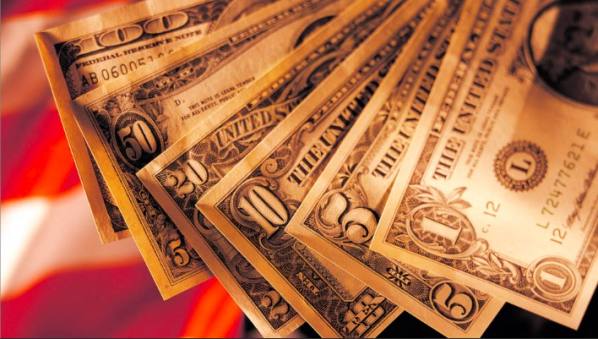TOKYO — The yen fell by the most of any major currency except the ruble during the first quarter of 2022 as Japan fell behind other big economies in moving toward higher interest rates.
The Nikkei Currency Index, a broad measure of currency strength, shows the ruble tumbling 11.7% between the end of December and the end of March, the steepest dive among 25 currencies. The yen came next with a 5.7% decline.
The yen touched a nearly seven-year low against the dollar in March. In the past month alone, the currency weakened by 6.9% against the dollar. The rout is worse than Turkey's highly volatile lira, which slumped 3.3% versus the dollar during the same period.
The direct cause of the yen sell-off is the Bank of Japan's continued ultraloose monetary policy, which keeps Japanese interest rates depressed even as the U.S. Federal Reserve, the European Central Bank and the Bank of England tighten.
A deeper factor is Japan's dependence on imported food and energy. With commodity prices rising, Japan in January logged its second-largest current-account deficit on record.
“This brought into sharp relief Japan's low self-sufficiency in terms of energy and food,” said Daisaku Ueno, chief currency strategist at Mitsubishi UFJ Morgan Stanley Securities. “If the structural problems are not resolved, the yen will continue to depreciate against the backdrop of the trade deficit.”

The Nikkei Currency Index tracks the nominal effective exchange rate of the currencies in its basket using 2015 as the 100-point baseline.
The yen has long been seen as a safe haven for risk-averse traders, underpinned by the country's years of current account surpluses and vast external assets.
The assumption was that during risk-off periods, Japanese investors tend to repatriate assets from overseas, by purchasing the yen. It was also a rule of thumb that the real demand for yen that accompanies economic activity will sustainably prop up the Japanese currency.
Conditions have been upended this time around. Russia's invasion of Ukraine on Feb. 24 shook global markets, but it did not lead to upward pressure on the yen. In March, the yen went in the opposite direction of other currencies.
On top of the current-account deficit, Japan has logged a lower economic growth rate compared with other advanced nations. That has caused investors to steer clear of Japan, erasing the risk-off benefit for the yen.
BOJ Gov. Haruhiko Kuroda has said the yen's depreciation does not indicate that the market has lost confidence in the currency since the strong economy and rising yields in the U.S. have posed outsized factors to that development.
That said, “it won't erase the impression that the yen's inherent factors are sustaining an adverse response,” said Daisuke Karakama, chief market economist at Mizuho Bank.
Because Japanese manufacturers have expanded overseas production, a weak yen does not confer the same economic benefit it did years ago. On the other hand, the inflationary pressures brought on by the yen risk hurting the economy in various ways, such as squeezing household budgets.
China's situation contrasts with Japan's.
The yuan has held steady even though the People's Bank of China, the central bank, eased monetary conditions in both December and January. Strong manufacturing exports have sustained yuan buying. China's current-account surplus has supported the yuan, a relationship that once described Japan and the yen.
Currencies from big commodity-exporting economies have been on an upswing in the first quarter. The Brazilian real gained 18.4% while the Australian dollar rose by 4.8%. The Norwegian krone climbed 4.1%.
Brazil in particular has hiked rates in nine consecutive monetary policy meetings since March 2021 to shield against inflation. This has helped drive up the real.
Resource-poor Thailand has seen the baht rise 1.9%. Learning the lessons from 1997's Asian currency crisis, the country improved its external account balance and built up foreign currency reserves. Now the baht is slowly being recognized as a safe-haven currency.


